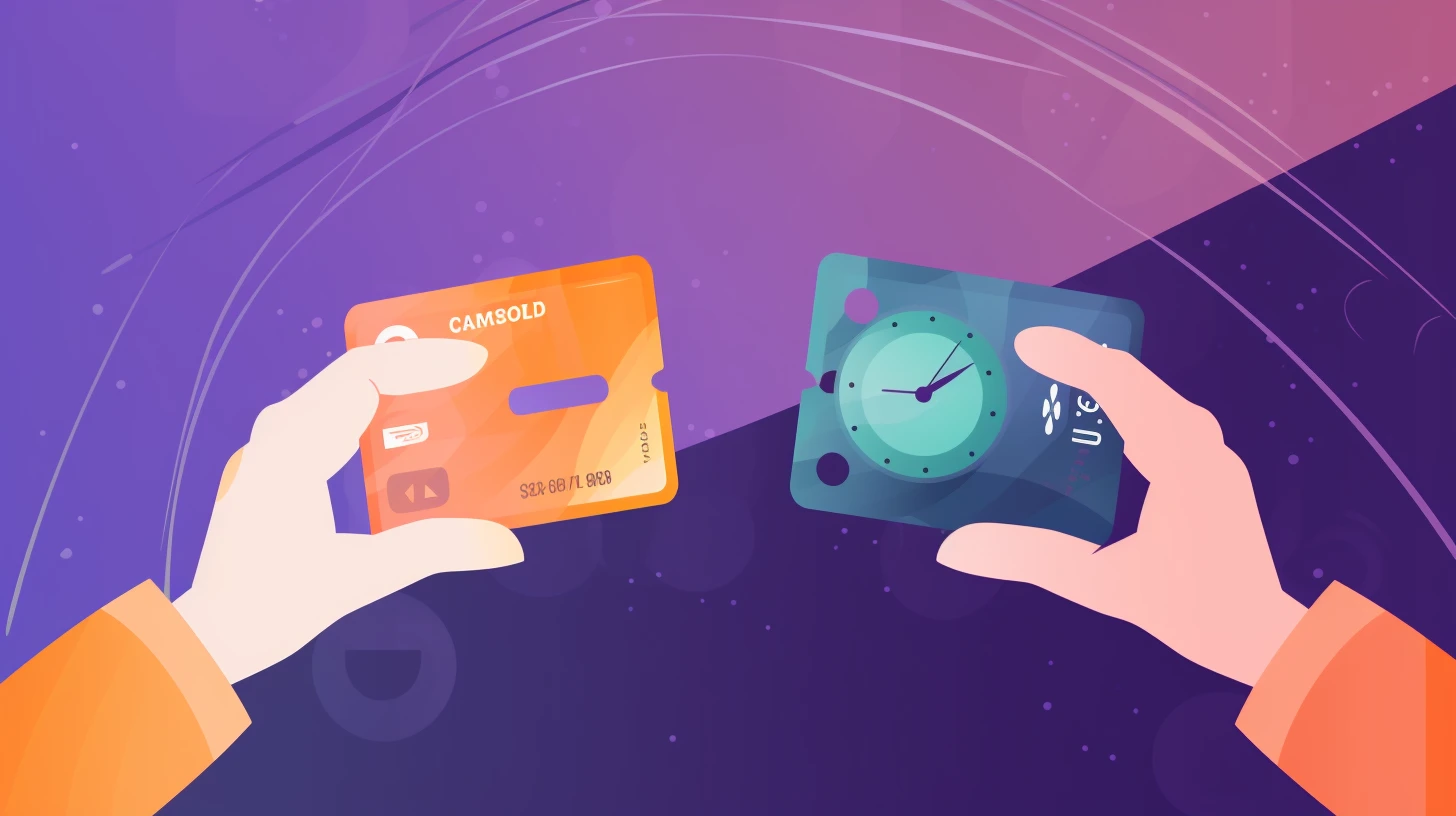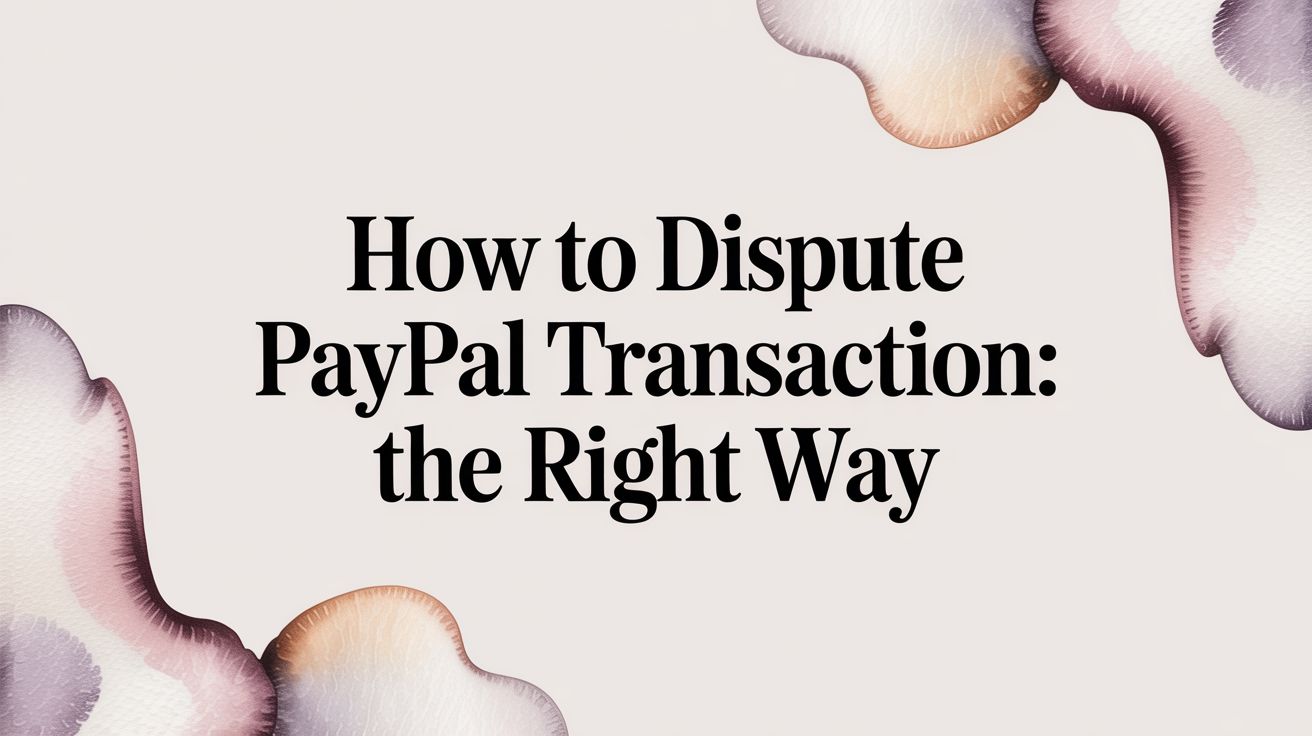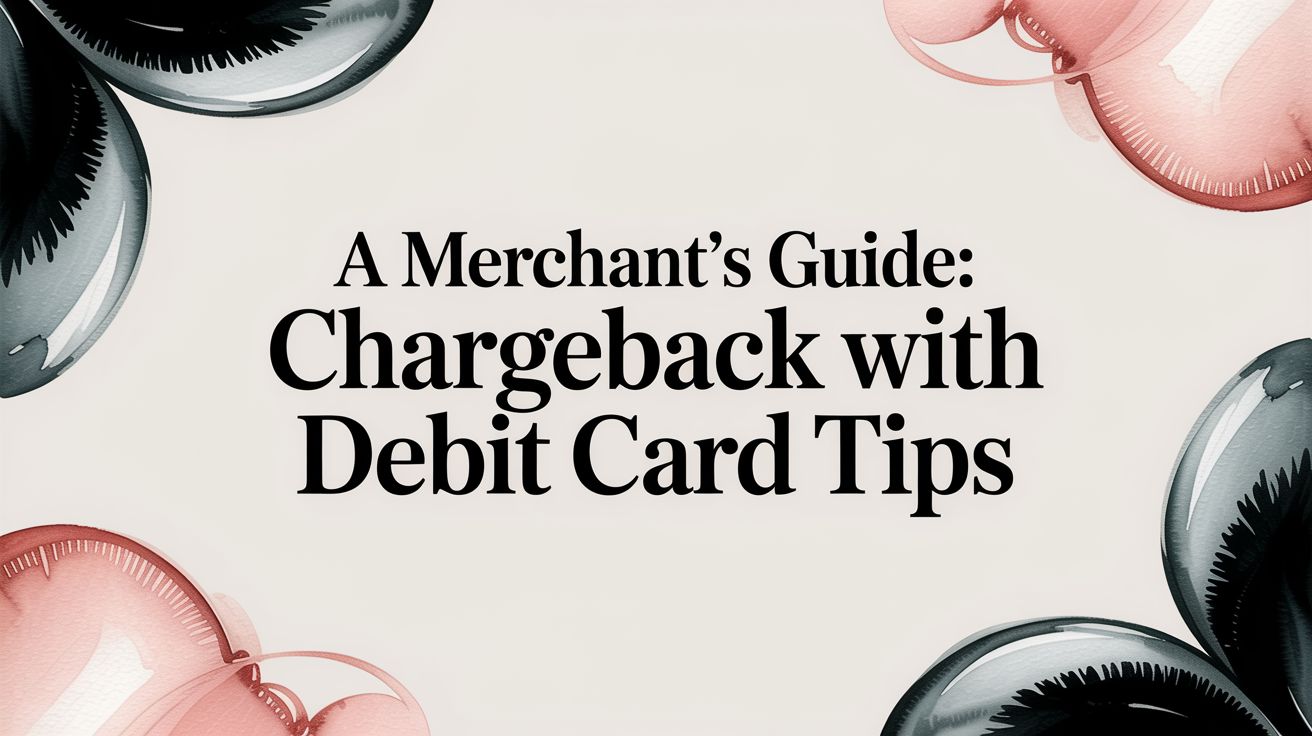
Understanding the time limits and procedures associated with disputing transactions is paramount for timely resolution and potential recovery of funds.
In this guide, we get into the Capital One chargeback process, outlining the time limits for cardholders and merchants, along with essential steps to initiate and respond to disputes.
By grasping these fundamental concepts, individuals and businesses will effectively navigate chargeback disputes and mitigate financial losses.
Capital One Chargeback Time Limit for Cardholders
Cardholders engaging in disputes through Capital One should adhere to the chargeback time limits imposed by the institution.
As an issuer bank, Capital One sets specific guidelines for its cardholders regarding the timeframe within which they can file a dispute for unauthorized or erroneous transactions.
Time Limit:
Capital One typically allows cardholders a window of 60 days from the date of the transaction to file a dispute.
Within this timeframe, cardholders are expected to review their credit card statements diligently and report any discrepancies promptly.
Cardholders must understand that Capital One, being an issuer bank and not a card network, operates under its own set of policies and procedures.
Therefore, initiating the dispute process within the stipulated timeframe is imperative to ensure a timely resolution, especially when seeking to file a chargeback or dispute a credit card charge effectively.
By adhering to the prescribed time limit, cardholders will maximize their chances of a successful dispute resolution and potential recovery of funds for unauthorized or disputed transactions.
Failure to adhere to the specified time limit may result in the forfeiture of the cardholder's rights to dispute the transaction.
How to Dispute a Capital One Transaction Within Time Limit?
Capital One provides cardholders with a straightforward process to dispute transactions within the 60-day timeframe from the date they appear on the billing statement.
Here's a step-by-step guide on how to initiate the dispute process:
Contact the Merchant First
It's advisable to attempt resolving the issue directly with the merchant before escalating the matter to Capital One. Often, misunderstandings or billing errors can be promptly resolved through direct communication with the merchant.
Dispute Through Capital One (2 Options):
If contacting the merchant proves unfruitful or if a resolution cannot be reached, cardholders can proceed to dispute the charge with Capital One.
There are two primary methods to initiate the dispute process:
a. Mobile App
- Open the Capital One mobile app and navigate to the "Recent Transactions" section.
- Select "View All Transactions" to locate the disputed transaction.
- Choose "Report a Problem" and respond to the questions about the purchase in question.
- The app will indicate if the transaction can't be disputed online and may provide a phone number for further assistance if necessary.
b. Website
- Log in to your Capital One account through the website.
- Access your credit card statement to identify the disputed transaction.
- Look for options such as "Report a Problem" or "Dispute this Transaction" (the interface may vary based on updates by Capital One).
- Follow the prompts provided and submit any relevant supporting evidence, such as receipts or emails, to substantiate your dispute.
By following these steps, Capital One cardholders can effectively dispute transactions within the stipulated time limit, ensuring timely resolution and potential recovery of funds for unauthorized or disputed charges.
Capital One Chargeback Time Limit for Merchants
When it comes to merchants involved in transactions processed through Capital One, it's crucial to understand the time limits set forth by payment networks, such as Visa or Mastercard, rather than Capital One itself.
Capital One's Role
Capital One, acting as the issuing bank, serves as the intermediary between the cardholder and the respective payment network (Visa or Mastercard) in chargeback proceedings.
Upon receiving a dispute from a cardholder, Capital One communicates with the relevant network to facilitate the resolution of the chargeback with the merchant.
Merchants need to adhere to the deadlines stipulated by the payment networks for responding to chargebacks.
Failure to respond within the specified timeframe may result in the merchant forfeiting their rights to dispute the chargeback or present evidence in their defense.
While Capital One may have its internal communication guidelines, the ultimate responsibility lies with the merchant to respond within the timeframe dictated by Visa or Mastercard.
By understanding and complying with these time limits, merchants can effectively navigate the chargeback process and work towards a resolution that is fair and satisfactory for all parties involved.
How to respond Within the allocated Time Limit?
For merchants involved in transactions subject to chargebacks, it's imperative to respond promptly and effectively within the allocated time limit set by the payment networks.
Here's a guide on how merchants can navigate this process efficiently:
1. Understand the time frame
Familiarize yourself with the specific deadlines imposed by the payment network associated with the transaction, whether it's Visa or Mastercard. Take note of the allotted time for responding to chargebacks.
2. Gather Evidence
Upon receiving notification of a chargeback from Capital One, gather all relevant documentation and evidence related to the transaction in question.
This will include order details, shipping information, customer communications, and any other pertinent records that support your case.
3. Prepare a Response
Craft a detailed and comprehensive response to the chargeback, addressing the specific reason cited by the cardholder.
Provide clear and concise explanations, along with supporting evidence, to refute the claims made in the dispute.
4. Submit Documentation
Ensure that all relevant documentation and evidence are submitted to Capital One within the prescribed timeframe.
Follow any specific instructions provided by the payment network or Capital One for submitting your response when you need to dispute a charge.
5. Monitor Communication
Stay vigilant and monitor communication from Capital One regarding the progress of the chargeback process.
Be prepared to provide additional information or clarification if requested by the issuing bank or the payment network.
6. Seek Assistance if Needed
If you encounter challenges or require clarification during the chargeback process, don't hesitate to reach out to Capital One or the respective payment network for guidance and support.
They can provide valuable assistance in navigating the dispute resolution process effectively.
By adhering to these steps and responding promptly within the allocated time limit, merchants can enhance their chances of successfully resolving chargebacks and mitigating potential financial losses.
Additionally, maintaining clear communication and cooperation with Capital One and the payment network can facilitate a smoother resolution process for all parties involved.
Whole Capital One Chargeback Process
The Capital One chargeback process is a structured framework designed to address disputes between cardholders and merchants regarding unauthorized or disputed transactions, acting as a mediator between the card issuer and consumer.
Understanding the entirety of this process is essential for both cardholders and merchants to navigate chargebacks effectively.
1. Initiation of Dispute
The chargeback process typically begins when a cardholder identifies a transaction on their Capital One credit card statement that they believe to be unauthorized, fraudulent, or disputed.
The cardholder then initiates a dispute by notifying Capital One of the transaction in question.
2. Investigation by Capital One
Upon receiving a dispute from a cardholder, Capital One investigates to assess the validity of the claim, often involving a disputed transaction or credit card charge.
It involves reviewing transaction details, communication between the cardholder and the merchant, and any supporting documentation provided by both parties.
3. Communication with Merchant
Capital One communicates the dispute to the merchant involved in the transaction, notifying them of the cardholder's claim and requesting relevant information or documentation to support their case.
The merchant is given a specified timeframe to respond to the dispute and provide evidence in their defense, a crucial step in challenging a credit card charge dispute.
4. Evaluation of Evidence
Capital One evaluates the evidence provided by both the cardholder and the merchant to determine the legitimacy of the dispute.
It involves assessing the accuracy of transaction records, reviewing applicable policies and regulations, and considering any relevant contractual agreements between the parties involved.
5. Resolution of Dispute
Based on the findings of the investigation and evaluation of evidence, Capital One decides the dispute.
If the dispute is deemed valid, Capital One may issue a chargeback to the merchant, reversing the transaction and crediting the cardholder's account accordingly.
Conversely, if the dispute is found to be invalid, the transaction remains unchanged, and the cardholder is notified of the decision.
6. Communication with Cardholder
Capital One communicates the outcome of the dispute to the cardholder, providing details regarding the resolution and any applicable adjustments to their account.
Additionally, Capital One may guide the cardholder on steps to take if they are dissatisfied with the outcome of the dispute.
7. Closure of Dispute
With the resolution of the dispute, Capital One considers the matter concluded, and any necessary adjustments to the cardholder's account are finalized.
Both the cardholder and the merchant are notified of the outcome, and further action is taken as appropriate, including potential refund adjustments.
By understanding the entire Capital One chargeback process, cardholders and merchants can effectively navigate disputes and work towards fair and satisfactory resolutions.
It's essential for all parties involved to adhere to the prescribed procedures and deadlines to ensure a smooth and efficient resolution of chargeback disputes.
Win and Manage Capital One Chargebacks Within Time Limit
ChargePay offers a comprehensive solution for businesses to effectively win and manage Capital One chargebacks within the allotted time limit.
With our AI-powered chargeback management platform, businesses will streamline the dispute resolution process and reclaim lost revenue effortlessly.
By leveraging cutting-edge technology, ChargePay automates the entire chargeback workflow, ensuring swift and efficient responses to disputes as they arise in real time.
With ChargePay, businesses can significantly boost their chargeback win rates and recover up to 3.5 times more revenue than industry averages.
Our platform seamlessly integrates with leading payment processors, including Shopify, PayPal, Stripe, and more, making it easy for businesses to harness the power of AI-driven automation.
Experience the ChargePay difference today and regain control over chargeback disputes while focusing on growing your business with confidence.







.svg)







.svg)
.svg)
.svg)